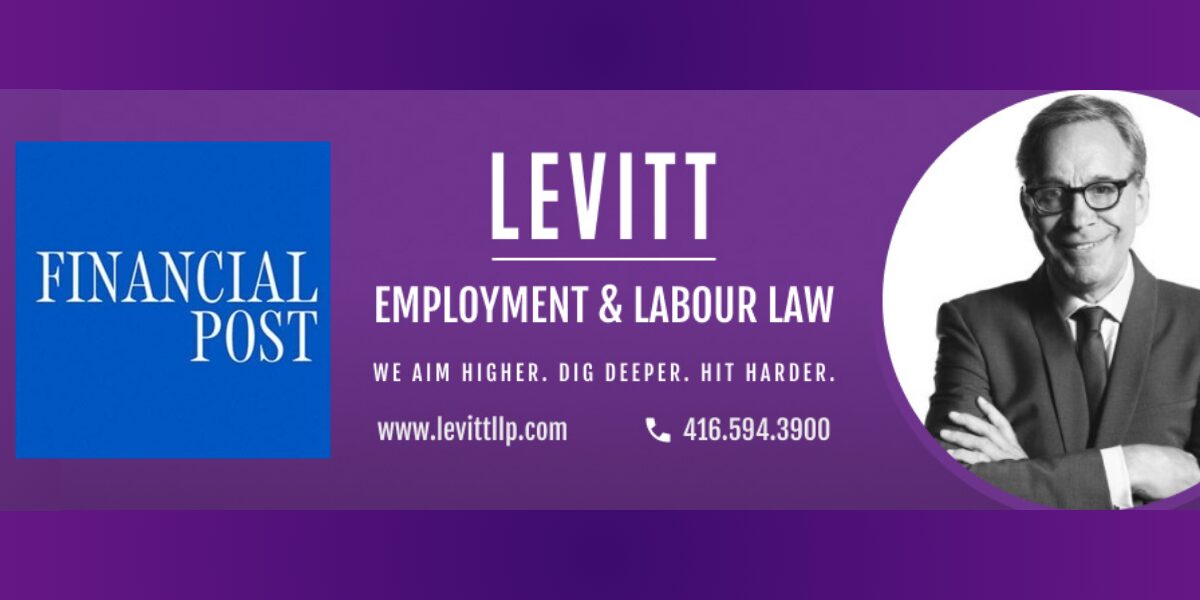By Howard Levitt and Stephen Gillman
New pay transparency laws will burden employers and disadvantage unemployed job seekers
A widely held opinion is that the imposition of “beggar thy neighbour” policies from the United States is the root cause of this calamity. While it is possible that the tariff war is the match in the powder barrel, it is actually not the only culprit behind our present economic woes.
Unfortunately, job creation in Ontario and across Canada had already been slowing and failing to keep up with population growth. I personally know numerous entrepreneurs and business owners that have fled for “greener pastures” due to unfavourable business conditions, high costs and a needlessly dense regulatory environment which stifles growth. Leaving aside our personal accounts, the Fraser Institute has reported that between 2012 and 2022, one-in-20 head offices situated in Canada have shuttered, moved elsewhere, or merged with other companies.
While our elected officials profess to be concerned with the recent spike in unemployment, for whatever reason they continue to busy themselves by enacting laws that exacerbate the crisis. A recent example of this baffling and longstanding trend is Bill 190, Working for Workers Five Act — which is set to take hold on Jan. 1, 2026.
For the most part, the thrust behind this new law is to increase transparency in relation to publicly advertised job postings. Such requisites mandate that all job postings are to include an expected salary amount, and a notation confirming whether artificial intelligence is being used to screen applicants. Likewise, there is a positive obligation to inform each interviewed applicant of the final hiring decision, and to retain all records from the recruitment process for at least three years.
If that was not enough in increasing administrative expense, the bill does not merely create new requirements, it also includes numerous prohibitions, such as forbidding would-be employers from including “Canadian work experience” as a job requirement within a publicly advertised position.
This legislation is both unnecessary and untimely. Even if you disagree with the sentiment, the law is fraught with easily exploitable loopholes and it lacks any enforcement mechanism. To name a few examples, the law does not apply to “general recruitment campaigns” which I suppose means that if you simply advertise that “help is wanted,” with nothing more, then the law does not apply to you. Perhaps more shocking is the fact the actual wording of the regulation fails to impose penalties for those who elect not to comply. Perhaps that is a good thing, but most Canadian companies and HR departments are too risk-averse to take advantage of that.
For the few companies still looking to expand, the new rules add cost and complexity to the hiring process, with no real benefit being afforded to desperate job seekers. One would think that in these times our government should incentivize businesses looking to hire, as opposed to frittering away tax dollars to achieve the opposite result.
Despite our own outlook on these new rules, it is still recommended that employers seek legal counsel to assist in interpreting the incoming law to get ahead of potential issues, which could be costly down the road.
Minimally, employers should consider the following action items before the rules come into effect:
- Create templates for public adverts that incorporate salary ranges and other pre-employment information.
- If you employ AI technology during the recruitment process, then keep track of this information and ensure job postings disclose its use.
- Review and define salary ranges for vacant positions and ensure they are both realistic and available to applicants.
- Set up protocols and ensure that staff involved in the hiring process are aware they must communicate hiring decisions to all interviewed candidates within 45 days.
- Consider current hiring practices to determine if publicizing job vacancies is effective or should be avoided altogether.

